Cats, with their enigmatic charm and independent demeanor, have shared a profound connection with humans throughout history. Their journey from wild hunters in ancient civilizations to cherished companions in modern households is a testament to their adaptability and enduring appeal. In this exploration, we will delve deeper into the captivating evolution of cats, tracing their footsteps through the annals of time and uncovering the complex interplay between humans and felines that has shaped their shared history.
So let’s dive into how these sneaky little furballs went from ancient hunters to modern-day cuddle buddies.
Ancient Beginnings
The story of cats unfolds against the backdrop of ancient civilizations such as Egypt, Mesopotamia, and beyond. Wildcats, particularly the African wildcat (Felis lybica), roamed the landscapes alongside early humans, drawn to settlements by the abundance of prey attracted to human agriculture. Recognizing the cats’ natural talent for hunting rodents and vermin, humans welcomed their presence, marking the beginning of a symbiotic relationship that would span millennia. Cats were like, “Score! Free buffet!” and humans were like, “Hey, you’re pretty good at keeping those pesky rodents away. Wanna stick around?”
Guardians of Grain
As agriculture took off and humans started storing grain, they quickly realized they had a bit of a pest problem. Over time as human settlements expanded, cats assumed a crucial role in safeguarding stored grain from pests and vermin. Their innate hunting instincts and nocturnal habits made them indispensable allies in the battle against crop destruction and food spoilage. The cats were more than happy to lend a paw in exchange for a warm place to sleep and a steady supply of snacks. In ancient Egypt, cats were treated like royalty, worshipped as divine protectors of grain storehouses. Anyone who messed with a cat was in for some serious trouble—cats had the law on their side!
Divine Beings
In the rich tapestry of ancient Egyptian mythology, cats held a sacred status, often associated with deities such as Bastet, the goddess of home, fertility, and childbirth. Depicted with the head of a lioness or domestic cat, Bastet was venerated as a benevolent protector and nurturer, with temples dedicated to her worship adorned with statues and images of cats. Within these sacred spaces, cats were adored, their presence symbolizing divine favor and protection. These temples dedicated to Bastet were basically cat spas, where kitties were pampered and adored like the little deities they were.
Spread of Civilization
As trade routes expanded and civilizations intermingled, cats accompanied merchants and travelers on their journeys, spreading across continents and establishing themselves in new territories. In Europe, cats played a vital role in controlling vermin in medieval cities and monasteries, where they were welcomed as essential allies in the fight against disease and famine. Their presence helped mitigate the spread of pests and bolstered public health, contributing to the stability and prosperity of urban communities.
Witch Hunts and Superstitions
Despite their widespread popularity, cats also faced periods of persecution and superstition throughout history. During the Middle Ages, cats became associated with witchcraft and dark magic, leading to mass extermination campaigns and widespread persecution. The infamous witch hunts of the 16th and 17th centuries resulted in the deaths of thousands of innocent cats, perpetuating fear and superstition and further cementing their enigmatic reputation.
Renaissance of the Cat
The Renaissance marked a cultural resurgence of interest in cats, as scholars and artists rediscovered the beauty and grace of these enigmatic creatures. Cats became popular subjects in art and literature, symbolizing elegance, mystery, and refinement. Paintings and sculptures depicting cats adorned the homes of nobles and aristocrats, reflecting their newfound status as symbols of sophistication and culture. They were like the Kardashians of the animal world, gracing these aristocratic homes with their elegant presence.
The Rise of the Domestic Cat
By the 18th and 19th centuries, cats had firmly established themselves as cherished companions in households across Europe and North America. With the rise of urbanization and the decline of agriculture, cats transitioned from working animals to beloved pets, valued for their companionship and affectionate nature. The development of cat breeds with distinct personalities and appearances further solidified their place in the hearts and homes of humans, paving the way for the modern era of cat companionship. Humans actively began breeding them for specific traits and personalities, creating all sorts of fancy cat breeds.
Modern Companions
Today, cats are more popular than ever, with millions of households around the world opening their doors to these beloved companions. From playful kittens to wise old cats, each feline brings joy, comfort, and companionship to their human caregivers. Whether curled up on a sunny windowsill or prowling through the house in search of adventure, cats continue to enchant and delight us with their unique personalities and endearing quirks.
Summary
The evolution of cats is a testament to their remarkable adaptability and enduring bond with humans. From their humble beginnings as wild hunters in ancient civilizations to their cherished status as beloved companions in modern households, cats have accompanied us on a journey through history, leaving an indelible mark on our hearts and minds.
Whether they’re chasing laser pointers or taking luxurious naps in the sun, cats bring joy and comfort to millions of households around the world. From playful kittens to wise old cats, each one has their own unique personality and quirks that make them special to their humans. As we celebrate the rich and storied history of cats, let us continue to cherish and appreciate these remarkable creatures for generations to come, honoring the enduring legacy of their remarkable evolution.
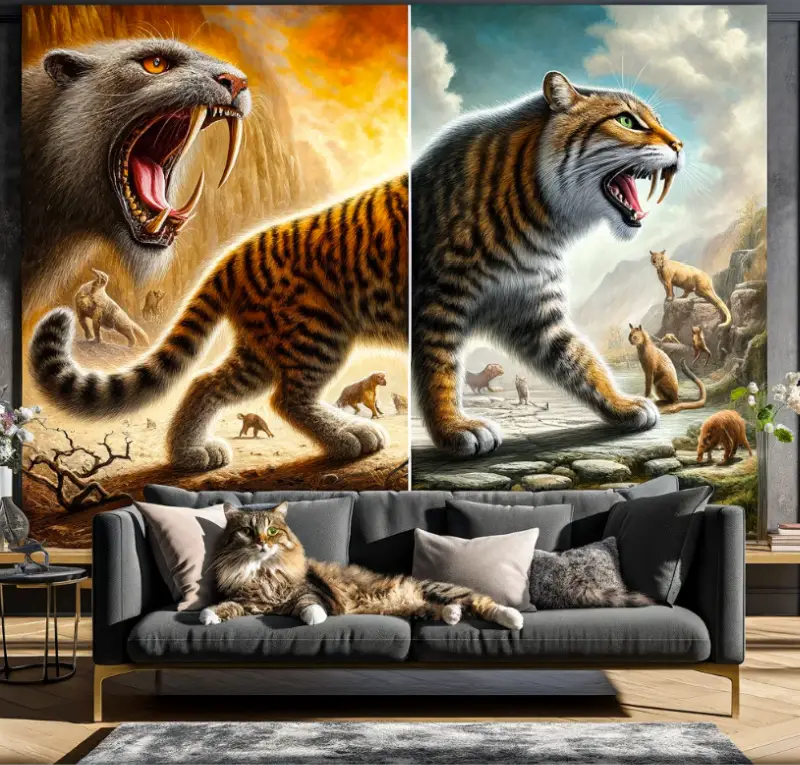
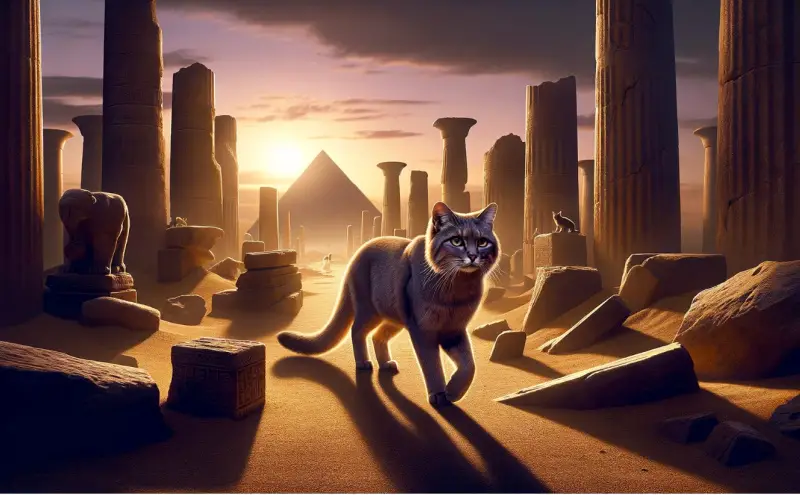
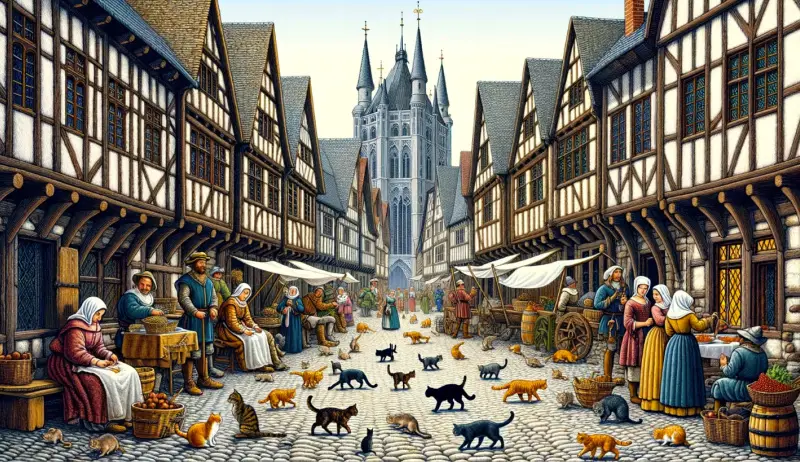
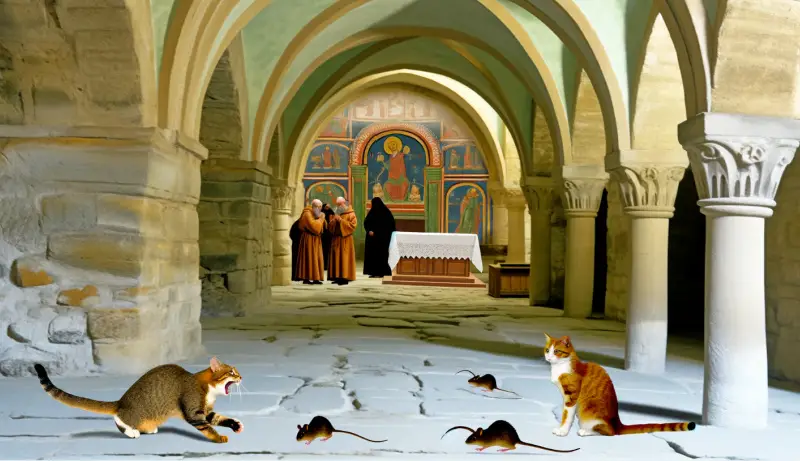
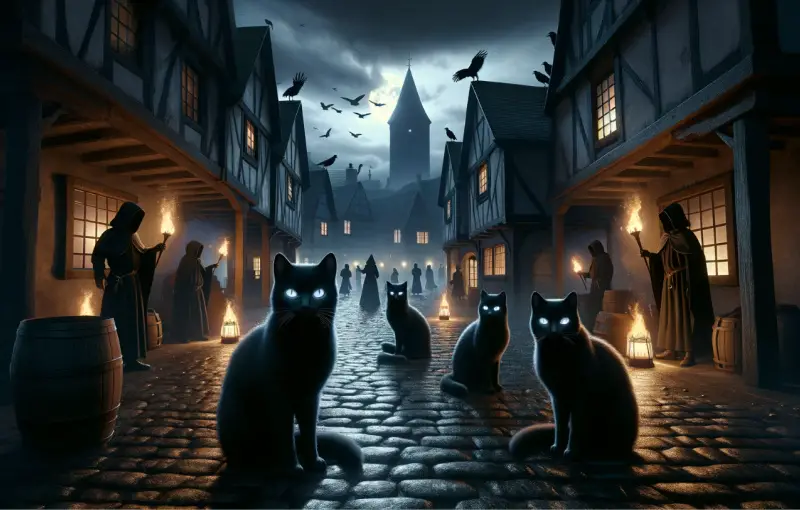
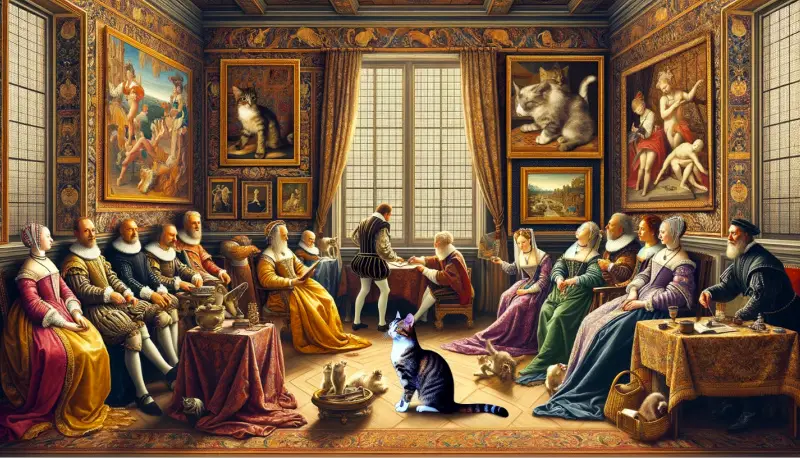
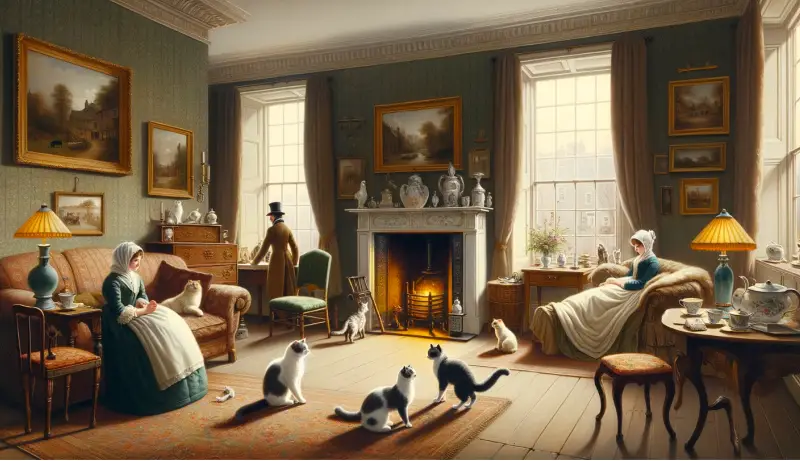
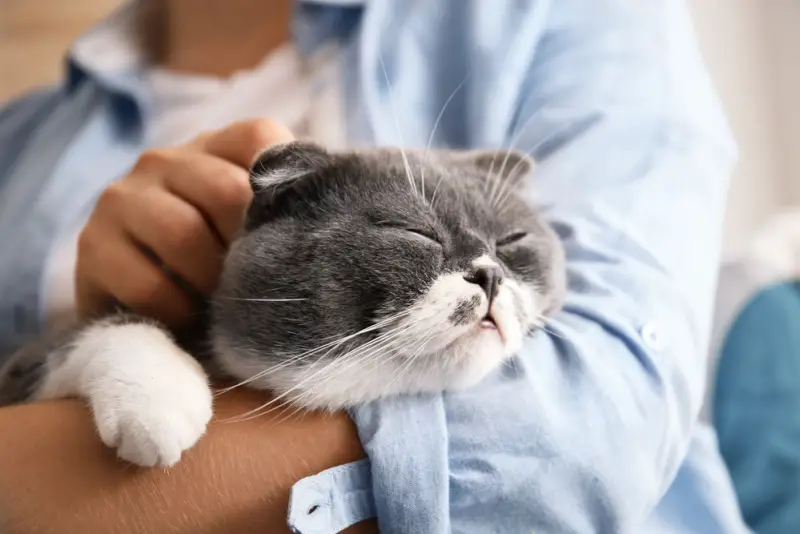
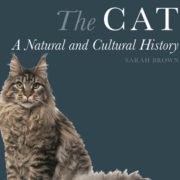
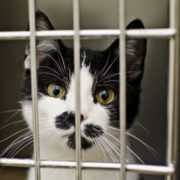
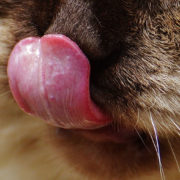
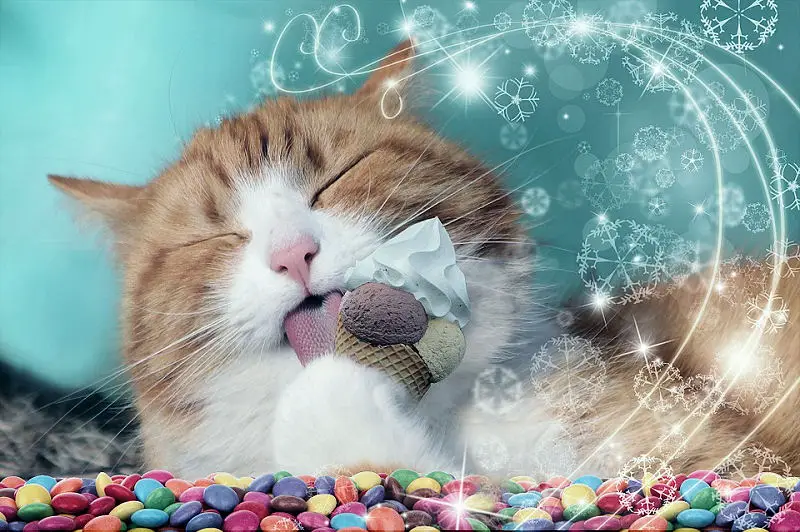
This was an excellent article and very well written. I enjoyed it immensely and thank you for sharing it with us all. I truly enjoyed it, and the pictures were spectacular. Oh, we do LOVE our kitties!!!!!